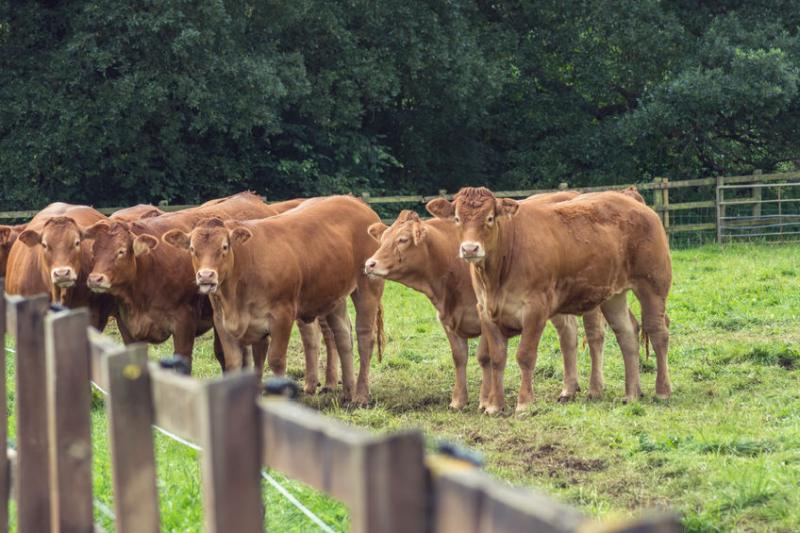
Buying and selling cattle can link individual farms to thousands of other farms with each purchase and help identity potential routes for infections.
Understanding this complex networks of “contact chains” between British farms could help improve disease control strategies for the cattle industry.
The findings, in a new study published in The Royal Society, has examined the remarkable extent to which beef and dairy farms are connected through cattle movements.
The research could help identify potential pathways for the spread of important cattle infections that can cause major health, welfare and economic problems.
Researchers analysed patterns of buying and selling cattle on farms using official records of 75 million movements of cattle between farms from 2001-2015.
Starting with direct trades, when one farm buys from or sells cattle to another, they traced ‘contact chains’ that describe networks of farms linked by sequential movements of their cattle.
By looking at 12 month periods of trading, the study found that around half of all cattle farms were connected to more than 1,000 other farms every year when they bought in cattle. 16% of farms were connected to more than 10,000 other farms in a single year.
When selling cattle, the contact chains were similarly extensive: Two thirds of farms were connected to more than 1,000 other farms. 15% of farms again linked to more than 10,000 farms in a single year.
The study found that on average from 2001-2015, over 13,000 cattle farms had contact chains extending to more than 10,000 other farms by selling and more than 10,000 farms by buying, in any single year.
These super-connected farms could potentially be particularly exposed to infections and particularly able to spread them.
Helen Fielding, veterinary researcher at the University of Exeter said: “We found that farms, even if they only bought cattle from one or two other farms, could be at the end of a chain connecting their farm and their animals to several thousand other farms.
“For example, one farm in Devon bought only six cattle in one year, those six cattle came from four farms, and those four farms were connected in two steps back to ten others.
“Tracking back 12 months, the sequence of links to the one Devon farm extended to 11,132 farms, as far afield as Kent, North Wales and Orkney,” she said.
